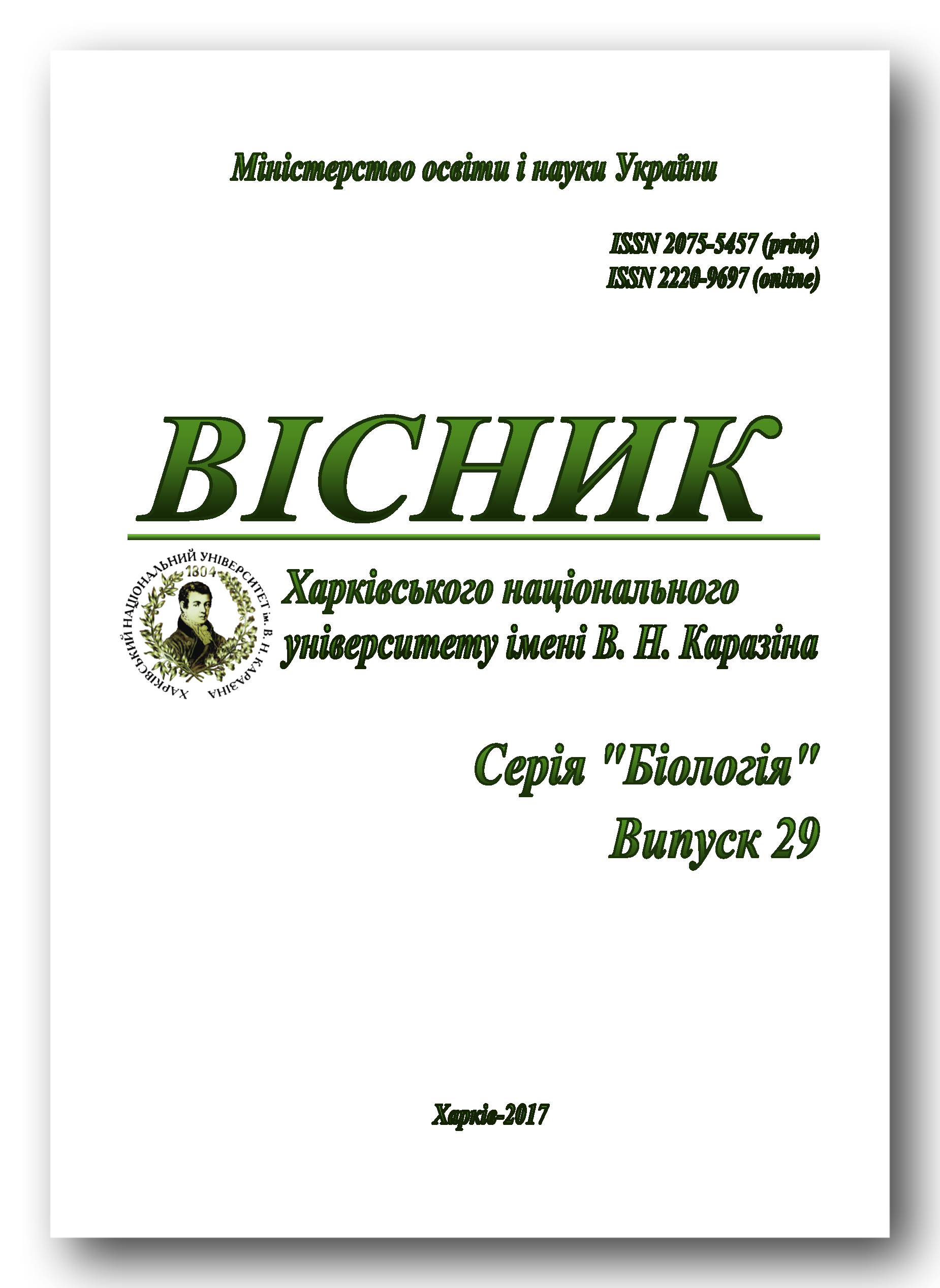Interaction of Wolbachia pipientis with mobile elements of the Drosophila genome: a brief overview of possible cases and assumptions
Abstract
Wolbachia pipientis is an endosymbiotic bacterium widely distributed within populations of many arthropod species. One of its most interesting features is its being so-called reproductive parasite – a microorganism, which influences reproduction of the host organism. Wolbachia is widely distributed within populations of different species of fruit flies of the genus Drosophila. According to scientists’ estimates, about 80% of natural populations are infected. Among laboratory Drosophila melanogaster stocks, more than 60% are infected, so that scientists who conduct experiments with the fruit fly are unwittingly experimenting with Wolbachia. Despite the good knowledge of Wolbachia pipientis as a reproductive parasite, other aspects of its effect on the host organism are not fully understood yet. It is proved that Wolbachia can be a symbiont of the host organism, increasing its resistance to the influence of certain stressors, viral and bacterial infections. The mechanisms of interaction of Wolbachia with the genome of the host organism remains unclear. The main purpose of this work is to review the possible interaction of Wolbachia with mobile elements of the Drosophila genome and its proposed mechanisms. The assumption about interrelation of Wolbachia and mobile elements of the genome of the host organism as components of a single regulatory system is considered.Downloads
Download data is not yet available.
Cited
How to Cite
Gorodnyansky, I. (1). Interaction of Wolbachia pipientis with mobile elements of the Drosophila genome: a brief overview of possible cases and assumptions. The Journal of V.N.Karazin Kharkiv National University. Series «Biology», 29(2), 34-40. https://doi.org/10.26565/2075-5457-2017-29-4
Issue
Section
GENETICS
Authors retain copyright of their work and grant the journal the right of its first publication under the terms of the Creative Commons Attribution License 4.0 International (CC BY 4.0), that allows others to share the work with an acknowledgement of the work's authorship.




